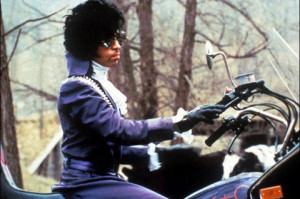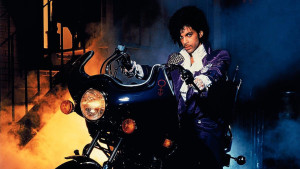2016 has already brought about some pretty disappointing action flicks. London Has Fallen was an unintelligent joke; Batman v. Superman: Dawn Of Justice was a spiritless disaster; and early reports on X-Men: Apocalypse aren’t too encouraging. Hopefully, things will still pick up a little bit. Captain America: Civil War was good, and summer films like Jason Bourne and even Suicide Squad look promising. But in the meantime, the disappointing flavor of the year so far has inspired a look back at some other major letdowns in the action genre in the last 10 years.
Without further ado, let’s look at some films that fit that label.
Spider-Man 3 (2007)
Do you really need to read yet another bashing of the abominable Spider-Man 3? I’m guessing not. Suffice it to say the first two films were good; and the expectations were high for the third. Even the game was good. The film, however, was an unmitigated disaster.
Quantum Of Solace (2008)
Speaking of disappointments following high expectations, Quantum Of Solace might have been one of the worst Bond movies of all time, right on the heels of one of the best. Fans were excited after Daniel Craig’s dynamite debut as 007 in 2006’s Casino Royale, and instead of a worthy sequel the studio churned this piece of garbage out. Quantum Of Solace really could have been compressed into a 30-minute add-on to the Casino Royale DVD. It was essentially an epilogue to the Vesper Lynd love saga, and 106-minute runtime could hardly fool you into seeing it as more.
10,000 B.C. (2008)
It may sound silly to discuss 10,000 B.C. as if it could have been good, but it’s important to remember the context. In the past five years or so we’ve gotten so used to historical epics flopping that it’s become unusual for one to succeed. But 10,000 B.C. followed the likes of Troy (2004), King Kong (2005), 300 (2006), and even Apocalypto (2006). Massive, visually ambitious films about human history or mythology were on a little bit of a run. But as the reviews state it better than I ever could, 10,000 B.C. stopped that run in its tracks.
X-Men Origins: Wolverine (2009)
The 20th Century Fox X-Men movies had already been a little bit hit-and-miss heading into 2009. But Hugh Jackman’s take on Wolverine was (and still is) pretty much universally beloved, and fans ate up the idea of a standalone spinoff. Unfortunately, however, X-Men Origins: Wolverine was completely soulless, no matter how much fun Jackman was.
Cowboys & Aliens (2011)
Sure the title was absurd, but Cowboys & Aliens seemed to have the potential to start an awesome new franchise. Jon Favreau directed just a few years after his Iron Man triumph, Daniel Craig, Harrison Ford, and Olivia Wilde starred, and the whole thing looked delightfully self-aware and ridiculous. Unfortunately, it was a little bit of a mess. Rather than a set of sequels, all that’s left a few years later is this site’s slot machine based on the film (or the comic). The slot reel gets some points for introducing itself with “Shoot up them thar aliens pardner,” to be sure. And among a selection of other themed slot games it’s actually great fun, with some alien shooting features to help invigorate the reel. But if you’d said early in 2011 that this would be all that was left of the idea five years later I wouldn’t have believed you.
Taken 2 (2012)
Taken can rightly be called one of the most popular action movies of the 21st century so far. Liam Neeson’s uncompromising depiction of a deadly dad whose daughter was kidnapped by a human trafficking ring was simply awesome to watch. And in the era of Bourne and a Bond resurgence, let alone in a world where the Fast & Furious series stretches to seven films and beyond, Taken seemed to have genuine franchise potential. Then Taken 2 came along with a shamelessly uninventive rehashing of the original that reached an incredible low point when a dumpy, anonymous villain nearly took Neeson down in hand-to-hand combat. No thanks.
John Carter (2012)
Like 10,000 B.C., it’s hard to remember this movie ever having a chance. However, when you consider the budget of $250 million that Disney sank into the project, as well as the fact that lead actor Taylor Kitsch was one of the most popular actors on television coming off his turn on Friday Night Lights
The list could go on and on. But looking at these selections it’s actually easy to be encouraged about the state of action films in 2016. There have been some bad ones, but I’m not sure any were bad enough to join this company.


















